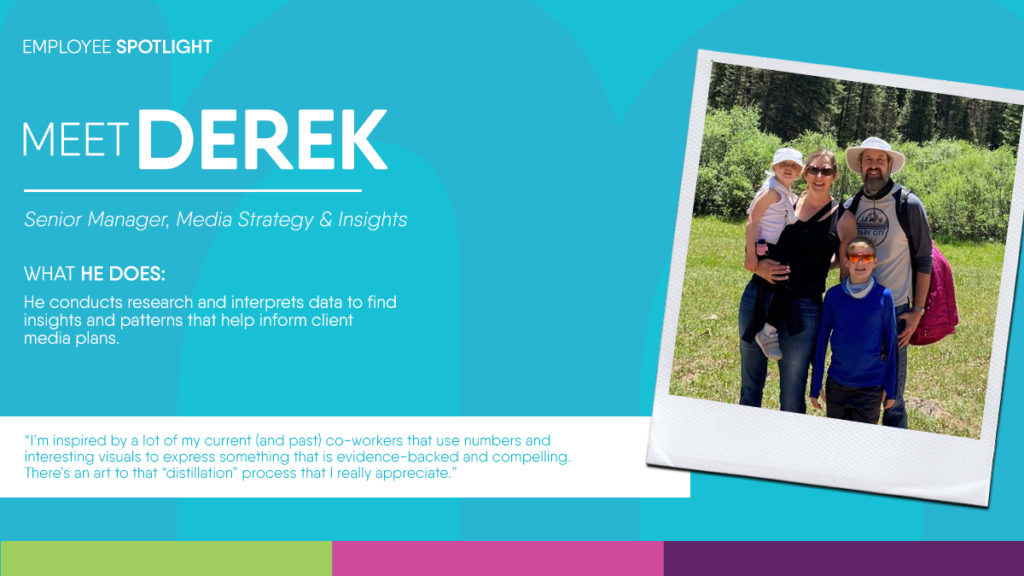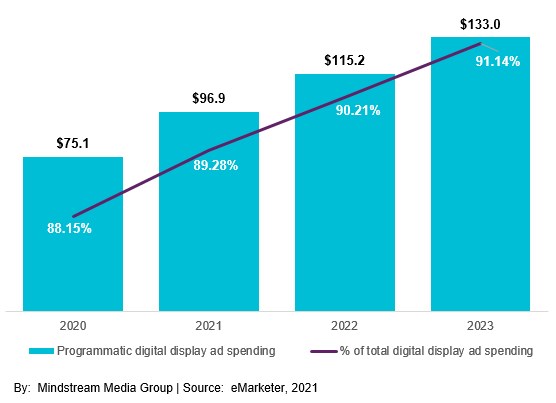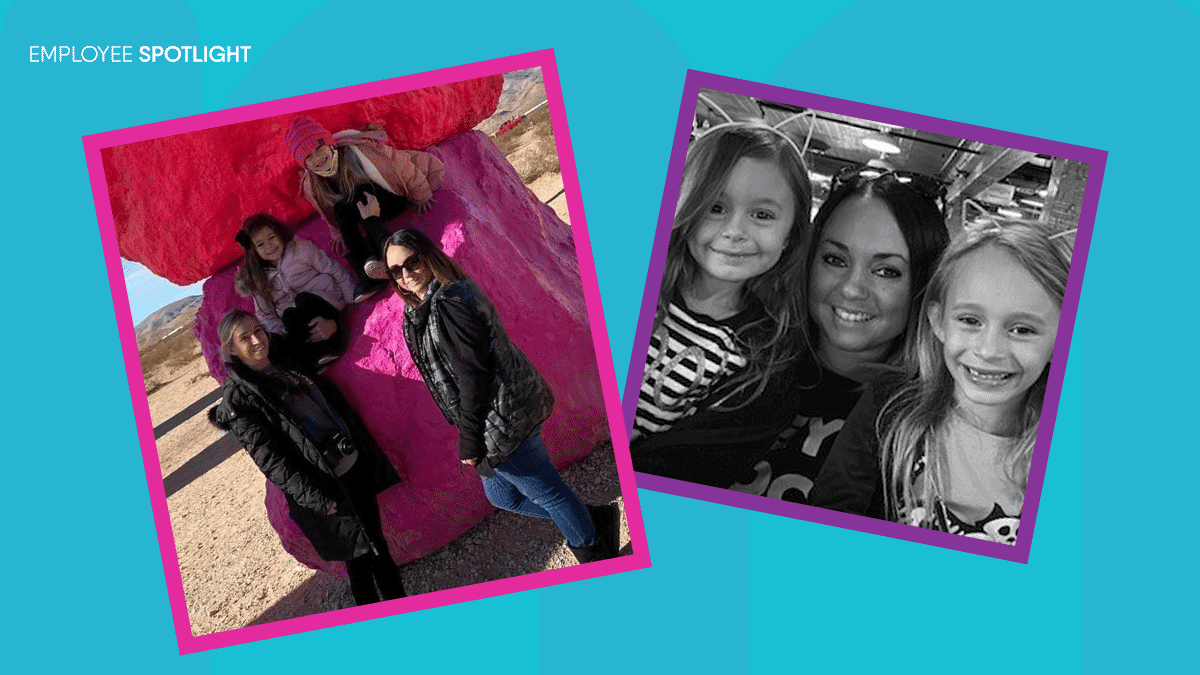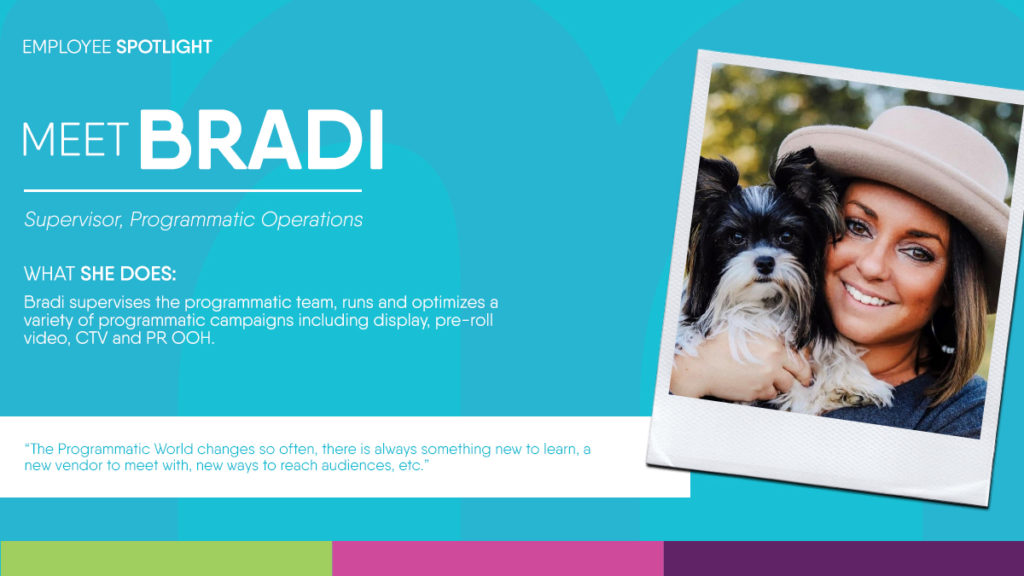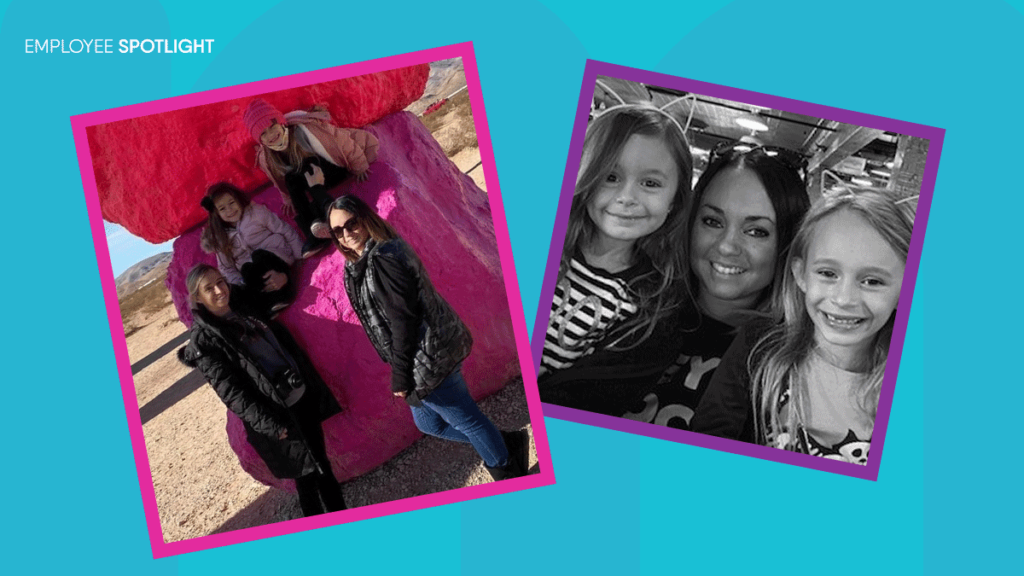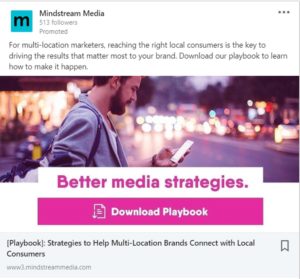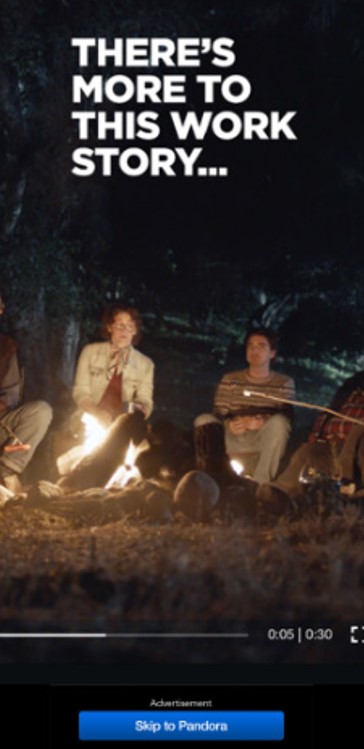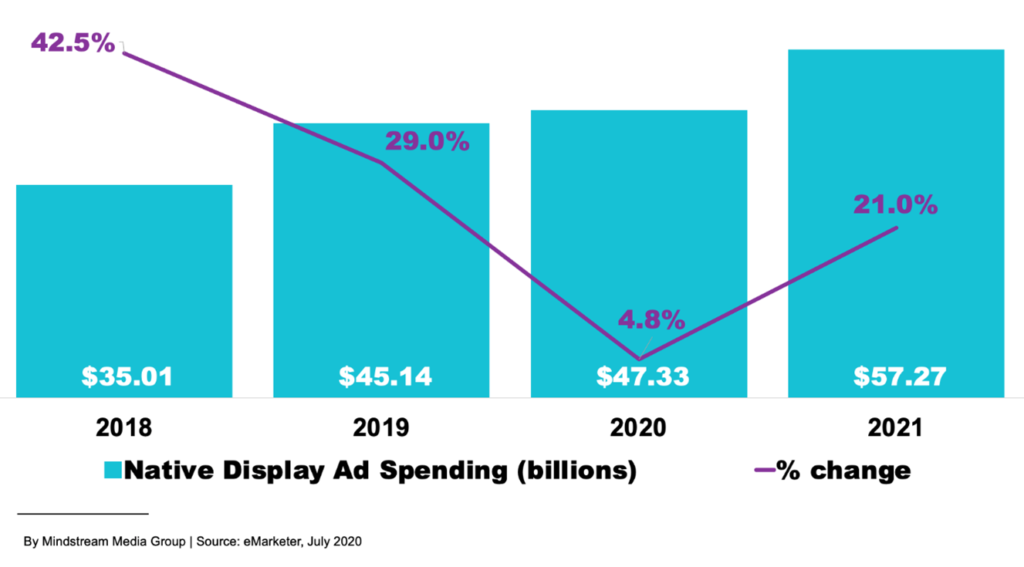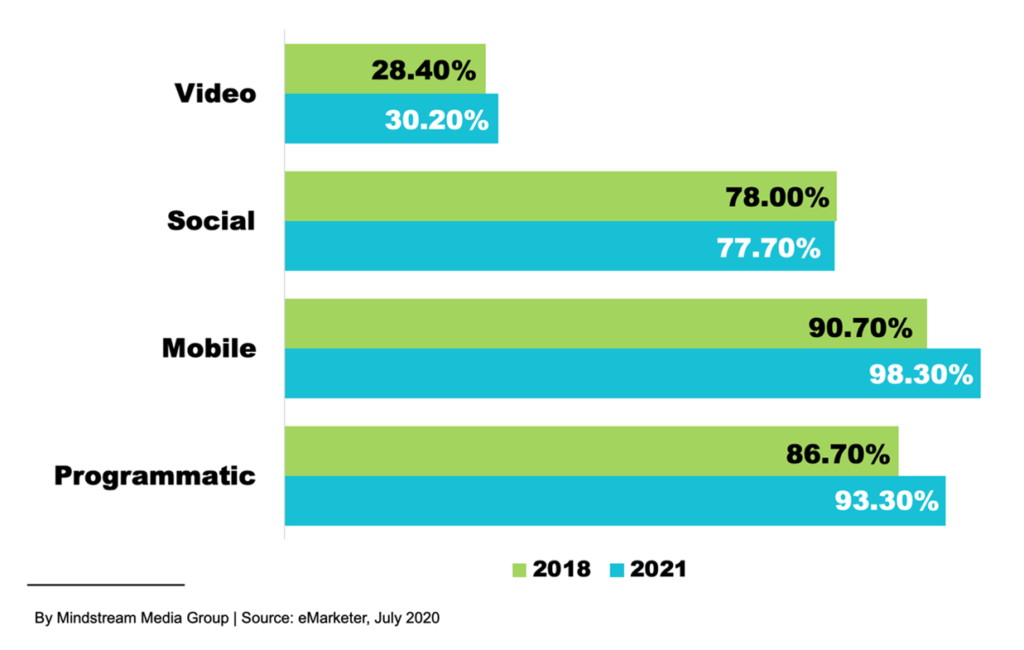Programmatic advertising campaigns have become a force in digital media. But, if you want programmatic display to fast-forward your business, it’s critical to ensure your campaigns are optimized to drive meaningful, positive results for your brand.
To make sure your brand isn’t pouring money down the drain, we outlined 18 questions you should ask your programmatic display agency right away to make sure your campaigns are set up for success. The questions are split into four categories to help you identify any areas that should give you a particular cause for concern. If you see a lot of red flags along the way, it may be time to take a deeper dive into your programmatic campaigns.
If you want to avoid the hassle of doing the audit yourself, contact Mindstream Media Group today to talk to one of our paid media experts about your programmatic display campaigns.
Programmatic display agency qualities
No. 1: How much is your agency partner charging you based on your spend?
When it comes to programmatic display, there can be several brokers between you and the publisher that serves your ads. The list includes media vendors, ad tech firms, data providers, etc. By the time the bill gets back to you, the price tag could be considerably higher than the publisher’s original cost.
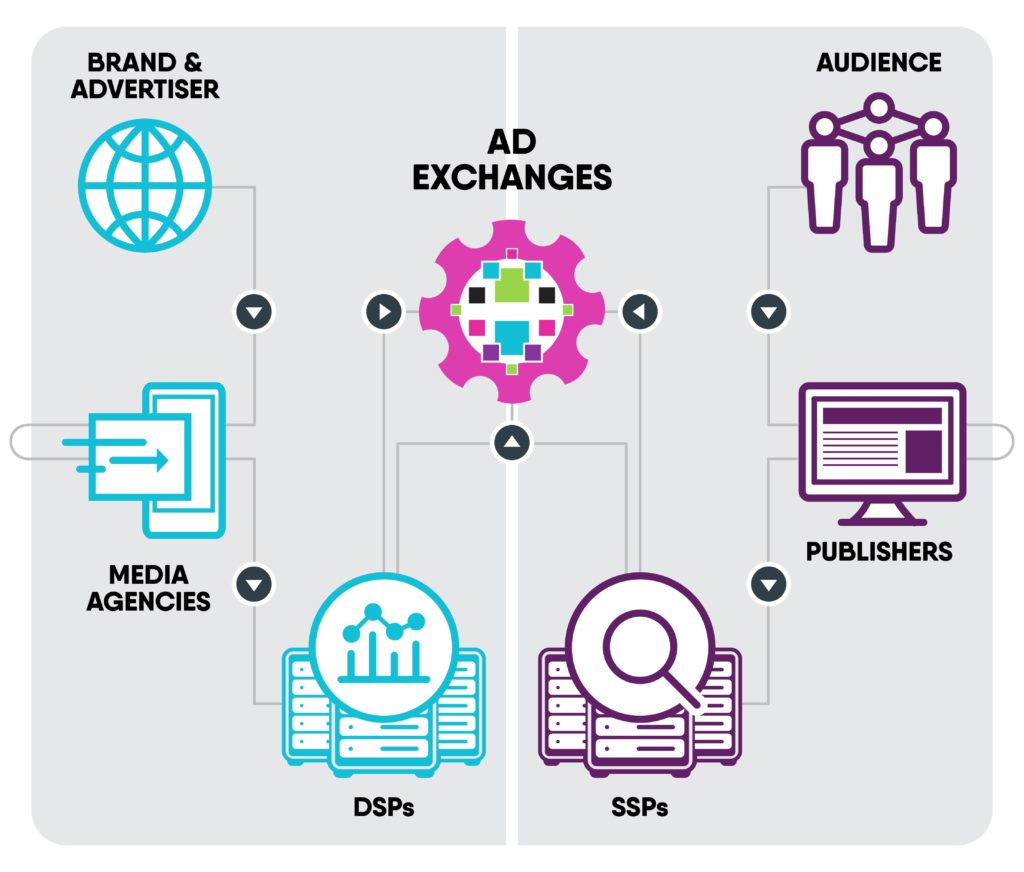
This isn’t necessarily a bad thing. If your vendor is working with reputable partners, each cog in the programmatic machine is essential in getting the most out of your media spend. It does mean, however, that you want to choose a partner that’s transparent about their pricing models and partnerships.
No. 2: How much of your media spend goes to viewable impressions?
Here’s a dirty little secret of programmatic advertising: ad impressions don’t always equal ad views. Since programmatic campaigns typically use a cost per thousand impressions (CPM) model, this is a big deal. A few years ago, the Interactive Advertising Bureau (IAB) and Media Rating Council (MRC) created the following standard for viewable display impressions:
A minimum of 50 percent of (an ad’s) pixels in view for a minimum of 1 second.
So, how do advertisers end up getting charged when their ads aren’t viewable? Well, unfortunately, not everyone follows the rules. Even with that lenient standard, some programmatic display vendors still limbo under the bar. To make sure people can actually see the ads you’re paying for, ask your agency partner what standard they use to qualify viewable impressions. Also, ask to see reporting on how many of your current impressions are “viewable.”
No. 3: Does your vendor have access to advanced planning technology?
Programmatic display advertising is a rapidly evolving practice, making it essential to partner with agencies and tech vendors that are at the head of the pack in terms of innovation. To make sure you have the latest and greatest techniques powering your programmatic campaigns, ask your agency partner questions like:
- Do you have access to Automated Content Recognition (ACR) technology to better plan and optimize my campaigns?
- What kind of beta programs are you involved in (either internally or through ad tech partners)?
- What plans do you have to improve our campaigns in the future with new technologies?
Campaign targeting and scheduling
No. 4: Who are you targeting?
The main reason programmatic campaigns are so powerful is all the data involved. With programmatic, you’re privy to a wealth of information to help you target the right consumers at the right times, but that targeting is only as good as the data that powers it and the strategy behind it.
To make sure your agency partner is targeting the right audience segments, ask them questions like:
- What targeting methods are you using?
- What characteristics are you using to define our target audience?
- What data points do you use to identify those audience segments?
- What audiences are you excluding?
No. 5: Where are you targeting?
Taking that last question a step further, make sure your audience segments are in the right places geographically. This is especially important for multi-unit and franchise brands that need to target audiences close to their locations.
To make sure your programmatic campaigns are fully optimized, ask your agency partner questions like:
- Have you set up geo-targeting around our locations to make sure we’re only reaching nearby consumers?
- Are you able to distribute leads fairly and accurately between locations that are close to one another?
- Can you run a report that shows the breakdown of impressions by geo-location?
No. 6: What stage of the customer journey are you targeting?
The most effective media strategies take a holistic, full-funnel, multi-channel approach utilizing a variety of tactics to reach consumers at every stage of the customer journey. Ensure your agency partner is leveraging all of the programmatic channels available within their DSPs including CTV, streaming audio/podcasts, digital OOH, video, native and display to connect with the right users in the right place at the right time.
No. 7: What sites are your ads appearing on?
At Mindstream Media Group, one of our programmatic philosophies is to focus more on who we’re serving ads to than where we serve ads. Having said that, you probably don’t want your ads showing up on sites with explicit content or on publisher platforms whose principals aren’t aligned with your own.
To safeguard your brand’s reputation, find out which sites are included in your programmatic vendor’s network and work with them to block any unsavory sites. If your vendor partner is unable or unwilling to share this list with you, that could be a serious red flag.
No. 8: What schedules are your ads running on?
This question is essential if you’re running direct response ads. For example, let’s say you’re a restaurant running ads that encourage consumers to visit your location, but you’re closed on Mondays. Since you’re not there to serve guests, you probably don’t want to run ads that day.
Pretty basic stuff, right? We agree. Make sure your agency partner does as well.
No. 9: What are your frequency settings?
If you’re like most internet users, chances are you see a lot of ads from the same company. At best, these ads are for things that are relevant to you and are somewhat valuable (you’d probably just like to see less of them). At worst, they’re akin to an overaggressive telemarketer who can’t take a hint. Make sure your brand isn’t “that guy” by finding out what frequency settings your programmatic vendor uses.
Conversely, if you want to generate brand awareness and search lift then the campaigns need to reach a minimum frequency to have the desired effect. Ask your agency to report on these key metrics so that you can maximize your overall goals for the campaign.
Performance metrics
No. 10: How are you measuring the success of your programmatic campaigns?
One of the most important considerations in any marketing effort is to make sure the goals of your campaign align with the business results that your brand values most. To make sure these concepts align, find out what metrics your agency is reporting on to measure the success of your programmatic campaigns.
One thing to look for is the quality of the metrics you see in your reporting. Is your agency reporting valuable conversions like form fills, calls and visits to your location(s)? Or are they simply reporting vanity metrics like impressions and clicks?
No. 11: Is your performance connected to revenue?
Taking that a step further, the ability to connect conversions to actual revenue is important in measuring the overall success of your programmatic display campaigns. Find out if your agency is able to connect your programmatic campaigns to your other tools – e.g., your customer relationship management (CRM) or point of sale (POS) systems – and measure the overall return on investment (ROI).
No. 12: How are you approaching view-through attribution credit?
While programmatic advertising can and should be used as a direct response initiative, digital display ads also excel at building brand awareness and generating conversions well after an ad is served.
For example, let’s say you’re reading an article online and you come across a display ad for running shoes. You like the shoes but you’re really into the article so you continue reading and end up clicking on another link after you finish it. Then you remember the shoes and head to Google to find them.
In a scenario like this, that original display ad deserves some of the credit. This is known as view-through attribution (VTA) – while the ad didn’t directly lead to a conversion, the fact you saw the ad led to a profitable action in the future.
Programmatic campaigns have sophisticated tracking methods that allow advertisers to track these types of conversions, but not everyone uses them. As you audit your programmatic campaign, make sure your agency partner can and does.
No. 13: What is your attribution window set to?
While VTA is key to understanding the non-direct actions consumers take after seeing your ads, there’s a right way – and a wrong way – to set it up. Typically, VTA is most valuable when the conversion occurs shortly after a consumer sees an ad, not weeks or months later.
To make sure your programmatic campaigns are only measuring recent conversions, ask your agency what window they’re using to measure VTA. The appropriate amount of time will vary by brand and product, but if the window is more than a few days, make sure there’s a good reason.
No. 14: Is your vendor able to calculate search lift?
Here’s another indirect metric your agency partner should be able to measure – search lift. Recent data from agency programmatic partner, The Trade Desk, shows that clicks to an advertiser’s site from Google search’s UTM were 8.5 to 10 times more likely to make an online purchase after being exposed to programmatic media.
Programmatic search purchase lift
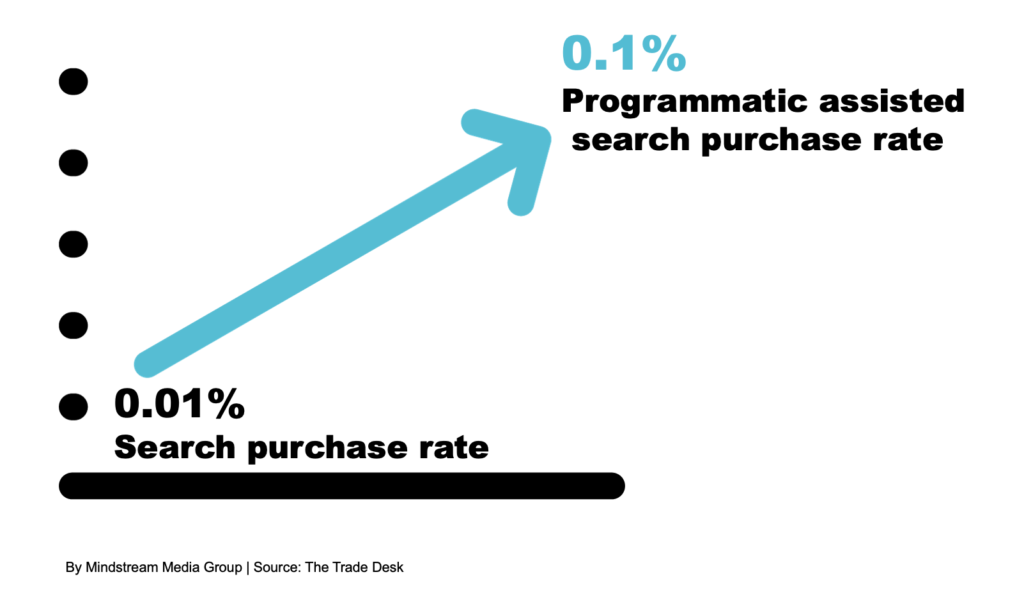 The ability to measure search lift is key to understanding what impact your programmatic display campaigns have on purchases and brand awareness. If it’s not already in your typical reporting, ask your agency if they’re able to calculate search lift across the programmatic networks used in your campaigns.
The ability to measure search lift is key to understanding what impact your programmatic display campaigns have on purchases and brand awareness. If it’s not already in your typical reporting, ask your agency if they’re able to calculate search lift across the programmatic networks used in your campaigns.
Optimizing campaign creative
No. 15: What creative assets are you using?
One of the biggest mistakes advertisers make with programmatic advertising, especially with video ads, is forcing ad creative from other media campaigns. For example, if you’re running a programmatic video campaign, you need to make sure your creative fits the media platforms you display your ads on. Copying and pasting a TV commercial typically won’t cut it.
Just like with social media, brands should customize their creative for the platforms, and hence, the audiences they are targeting. You wouldn’t use the same messaging on LinkedIn that you would on TikTok, so make sure your programmatic video is appropriate and relevant for your display audiences.
No. 16: What is your creative testing strategy?
A key advantage of programmatic campaigns is they allow you to serve ads based on which ones are most likely to perform well in a given situation (i.e., based on the consumer viewing the ad, the website serving the ad, etc.) But this advantage is null and void if you don’t have enough ads.
Make sure you’re leveraging the full value of programmatic by finding out how many ad variations your agency is running with each campaign. This will not only allow you to run tests to find the most effective creative messages, but it will also mitigate audience burnout from seeing the same ad too many times.
No. 17: How are you leveraging video creative?
Start with asking your programmatic agency a simple question: “Are we using video creative?”
If the answer is no, follow it up with a sternly worded version of this question: “Why the hell not?”
Your programmatic agency might not be responsible for ad creatives, but they should be looking for any opportunities to optimize your campaign and video is a great way to grab consumers’ attention.
No. 18: Are your programmatic campaigns using dynamic creative?
We’ve hit on this point plenty of times, but we’ll say it again: a major perk of programmatic campaigns is that they allow you to determine in real time what message is most likely to resonate with a specific consumer. To fully unlock this power, make sure your campaigns can dynamically adjust creative elements like ad copy, calls-to-action and images based on the specific consumer viewing your ad.
Now that you’ve gotten through all the questions, how did your programmatic campaigns stack up? If too many of the answers were a cause for concern, contact Mindstream Media Group. We can pull back the curtain even further to give you a better idea of how to improve your programmatic display campaigns to get the most bang for your media dollars.
Editor’s Note: This post was originally published in April 2019 and has been updated for freshness and accuracy.




 The ability to measure search lift is key to understanding what impact your programmatic display campaigns have on purchases and brand awareness. If it’s not already in your typical reporting, ask your agency if they’re able to calculate search lift across the programmatic networks used in your campaigns.
The ability to measure search lift is key to understanding what impact your programmatic display campaigns have on purchases and brand awareness. If it’s not already in your typical reporting, ask your agency if they’re able to calculate search lift across the programmatic networks used in your campaigns.
